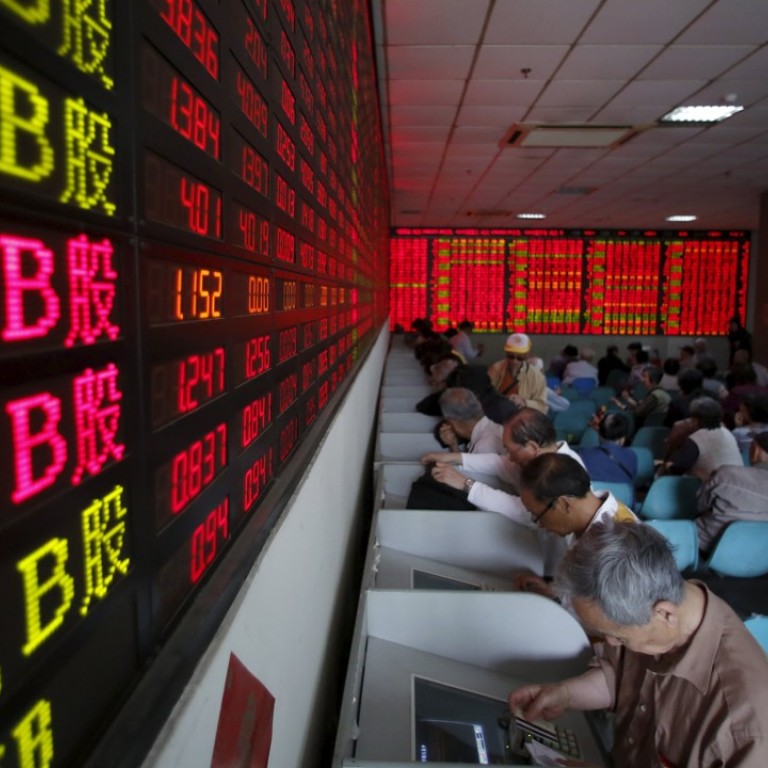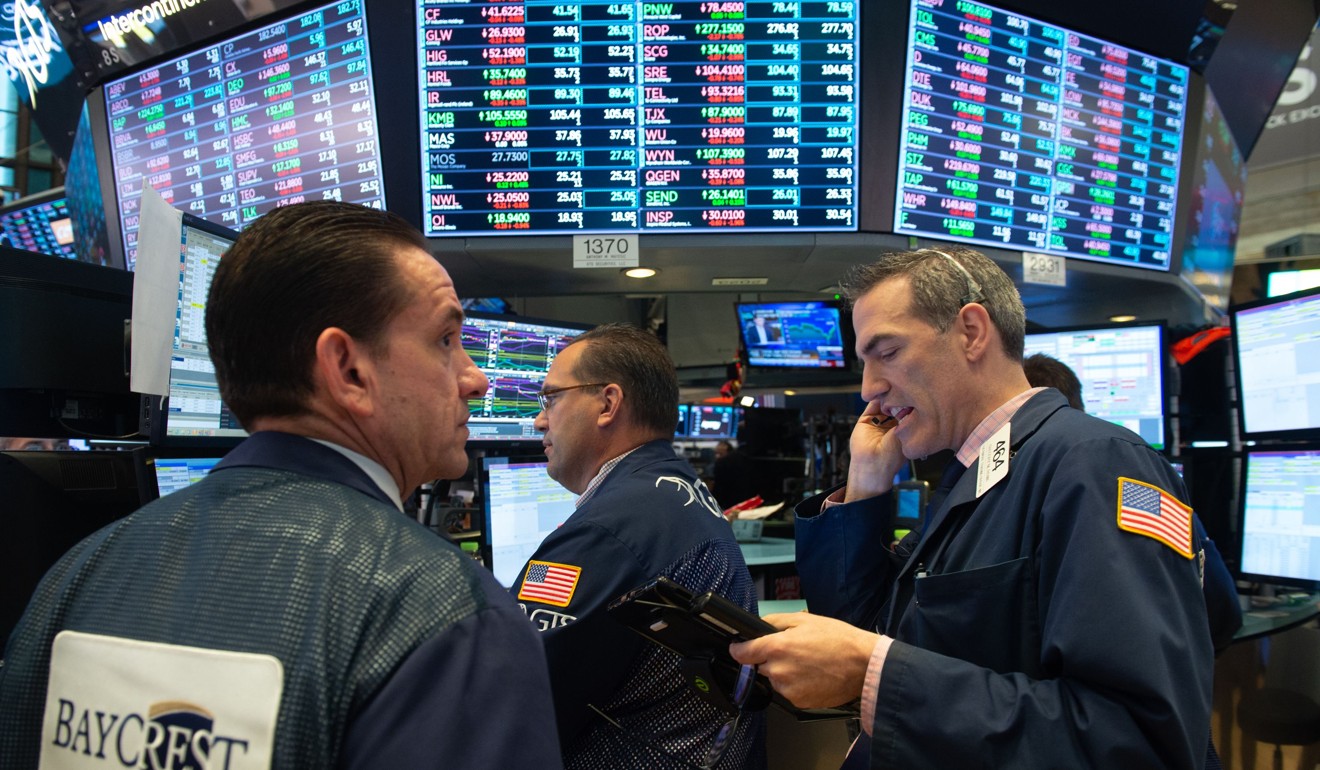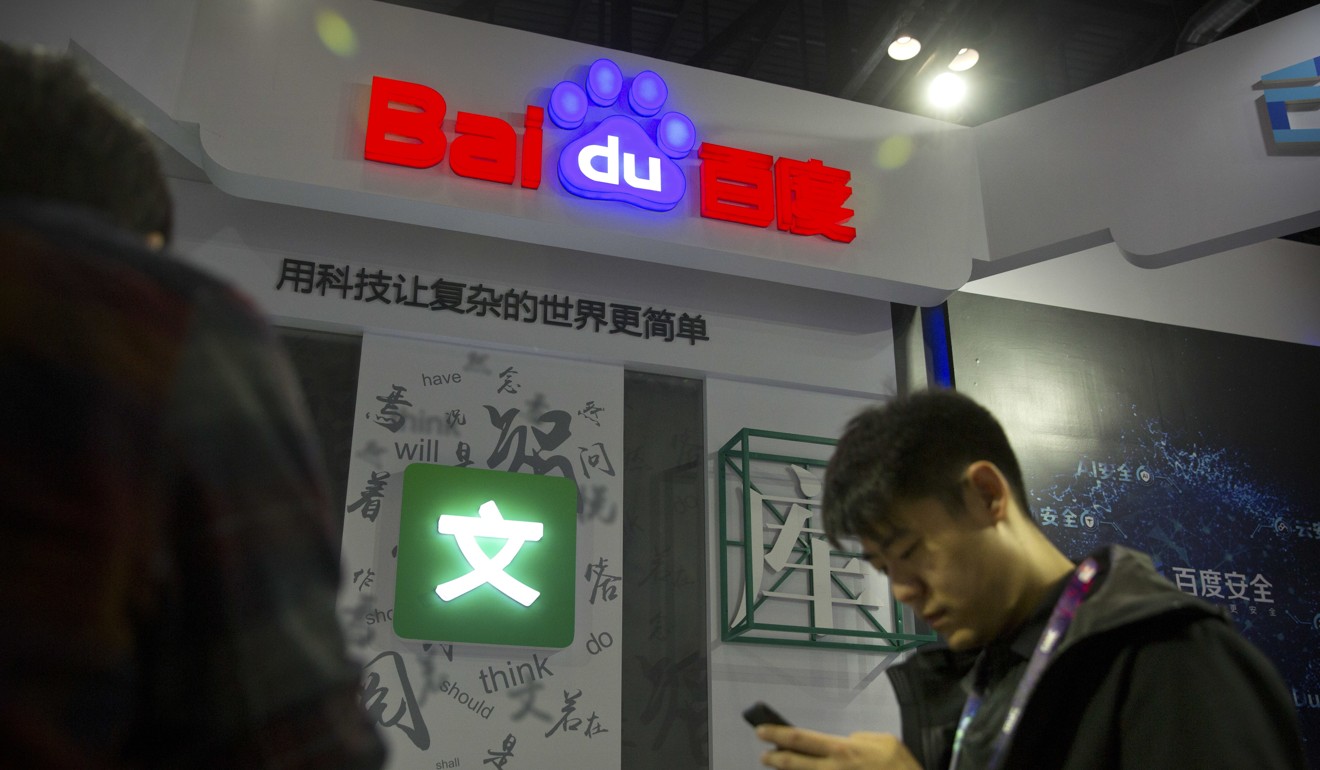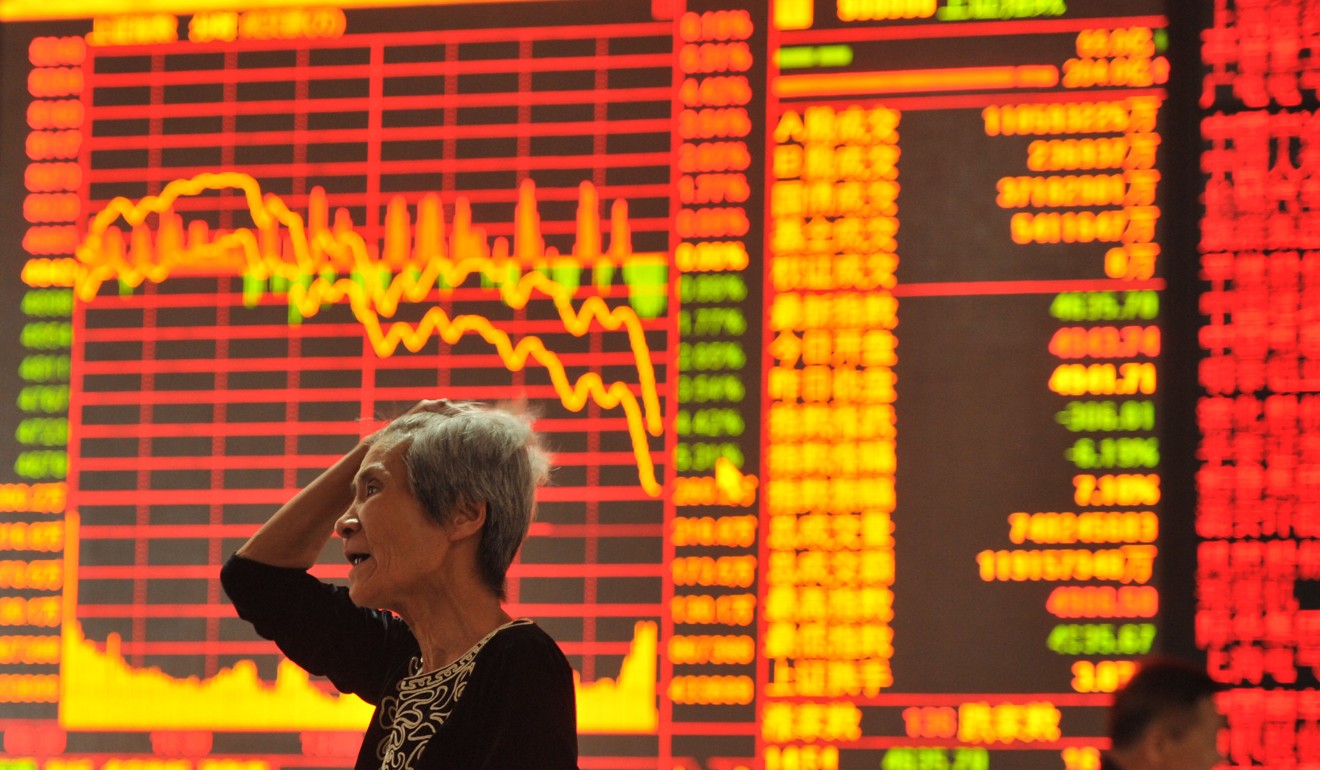
Brace for an even bigger bubble in China’s stock markets
Rocky ride ahead if a new financial instrument fashioned after American Depositary Receipts that lets Chinese investors dabble in the country’s tech champions gets too popular
Alibaba, Baidu, JD.com, Weibo: they are among the biggest giants of China’s internet. Providing everything from search and messaging to shopping and financial services to hundreds of millions of users each day, these and other Chinese technology companies dominate Chinese cyberspace every bit as much as Amazon, Facebook and Google monopolise the web in the rest of the world.
But there is one important difference between China’s tech behemoths and their US counterparts. The likes of Facebook, Amazon, Apple, Netflix and Google don’t just dominate the online lives of their users in the US. They also dominate the stock portfolios. Last year, the benchmark US S&P 500 stock index climbed 19 per cent. Of that performance, a quarter was delivered by this small quintuplet of tech stocks, the so-called FAANGs, which on average rose 57 per cent.
US$400 billion? Er, calm down. The MSCI is no biggie for Chinese stock markets
In sharp contrast, China’s own national internet champions don’t figure at all in the portfolios of mainland Chinese investors. Shares in Alibaba, Baidu and Weibo, to name three, are publicly listed, but on US, rather than mainland Chinese stock exchanges.
That hasn’t detracted from their share price performance, which has been just as impressive as that of the FAANGs. Last year, shares in Weibo, for example, leapt by 149 per cent. But with access to US markets forbidden by China’s regulations, mainland investors, who love nothing better than a hot tech stock, have badly missed out.

Until now. Earlier this month, the Chinese authorities published regulations to govern the listing on mainland exchanges of so-called Chinese depositary receipts, or CDRs. These instruments will, for the first time, allow ordinary Chinese investors to buy a stake in their favourite technology giants.
The first CDRs will hit the market in the middle of July, when Xiaomi, the world’s fourth largest smartphone maker, launches its US$10 billion initial public offering in Hong Kong. As part of that deal, the company plans to issue CDRs worth up to US$3 billion in the mainland market. Other Chinese technology stars are tipped to follow in rapid succession.
But there is a catch. The new securities are called CDRs in emulation of the American Depositary Receipts, which, over recent decades have so successfully allowed US shareholders to invest in the equity of non-US companies. However, there is a crucial difference between ADRs and CDRs, which will greatly complicate the CDR investment story.
After all those ‘hard landing’ warnings, do you still want to bet against China?
ADRs are fully fungible with their underlying shares. This means new ADRs can be created (or deleted) in line with market demand. If the demand is there, brokers bundle up shares listed in the company’s home country and lodge them with a depositary bank, which then issues receipts that can be traded in the US. As a result, ADRs always trade in line with the price of their underlying shares, as any significant divergence in price would instantly be arbitraged away.
In contrast, a company’s CDRs will not be fungible with its primary shares listed offshore. In effect they will be an entirely new class of stock, not securities created by bundling together underlying shares. That means their supply will be inflexible, not adjustable like the supply of ADRs. And because arbitrage between the mainland’s markets and markets offshore is difficult at best, and often impossible, large price discrepancies are likely to open up between a company’s CDRs and its primary shares.

It’s not difficult to guess which way these discrepancies will tilt.
Demand for the new CDRs will be enormous. Chinese investors are just as keen on tech stocks, probably keener, than their US counterparts. But supply will be limited. For one thing, issuing companies will be anxious not to overly dilute their existing shareholders in offshore markets. And not only will brokers be prohibited from creating new units on demand, but a sizeable proportion of CDR issues will be reserved for six new “unicorn funds” backed by state institutions.
In theory, retail investors will be able to invest in these funds. But a cap on investment and their mandatory three-year lock-up period will put many off. As a result, most ordinary investors will either have to be lucky enough to win an allocation in the initial offering, or they will be left to scramble for CDRs in the secondary market.
Yesterday once again: how fancy financial products added to stock meltdown
An initial allocation is highly unlikely: last month’s mainland Chinese IPO for Foxconn Industral Internet was oversubscribed by almost 300 times. And competition in the secondary market will be intense. China’s regulators cap the valuation of new issues. And in any case, CDR issuers will be careful to issue the new securities at the same valuation as their offshore shares, lest they be accused of gouging investors. As a result, to Chinese investors, the new securities will look like a steal.
Baidu, for example, is trading in the US on a price-earnings ratio of 35. In contrast, Chinese-listed information technology stocks are trading at a median valuation of 52. And many are trading at much, much richer valuations.
For example, Shenzhen-listed satellite positioning services company Beijing BDStar Navigation is currently on a price-earnings ratio of 139.

As a result, when CDRs hit the market, we can expect the same sort of buying frenzy that pushed shares in Foxconn’s subsidiary up by 44 per cent on its first day of trading. And it won’t just be the first day. Such spectacular gains generate a momentum of their own as they attract still more buyers to the market.
The typical new listing on the mainland trades limit-up for 10 days in a row, rising 150 per cent. The most popular new issues – which will surely include CDR offerings from well-known tech giants – typically trade limit-up for almost four weeks in a row after listing, rising by more than 400 per cent in price.
Why the Hong Kong bull market is set to run and run
That might not sound like a problem. But there is a big probability that a spate of popular CDR issues coming to market in quick succession will inflate the sort of broader momentum-driven stock market bubble that in 2015 saw the entire Shenzhen market climb double in just three months.
If so, it is likely that the authorities will again step in to try and dampen the market with ill-advised comments, mass stock suspensions, and heavy-handed regulatory tightening. In 2015, they precipitated a 50 per cent crash that saw many investors, locked in by suspensions, wiped out entirely. So if you are tempted to try and participate in the mainland’s coming CDR boom, be prepared for a wild ride. ■
Tom Holland is a former SCMP staffer who has been writing about Asian affairs for more than 20 years

